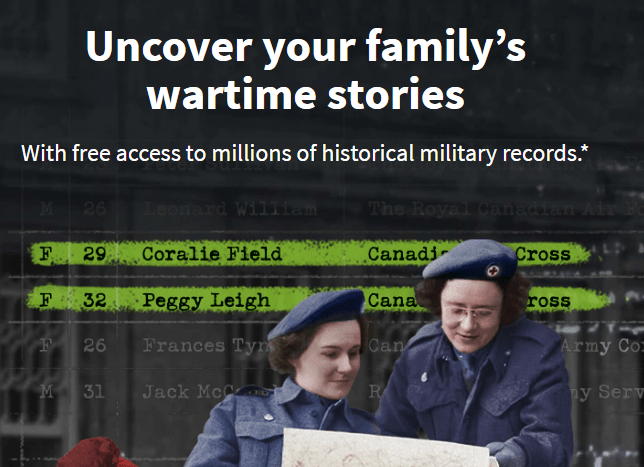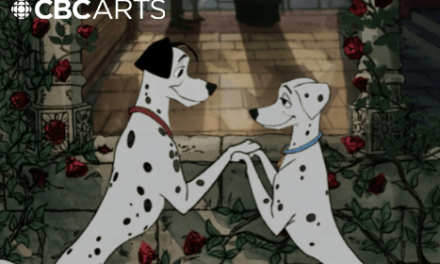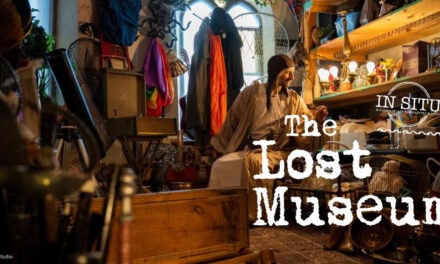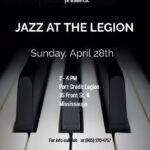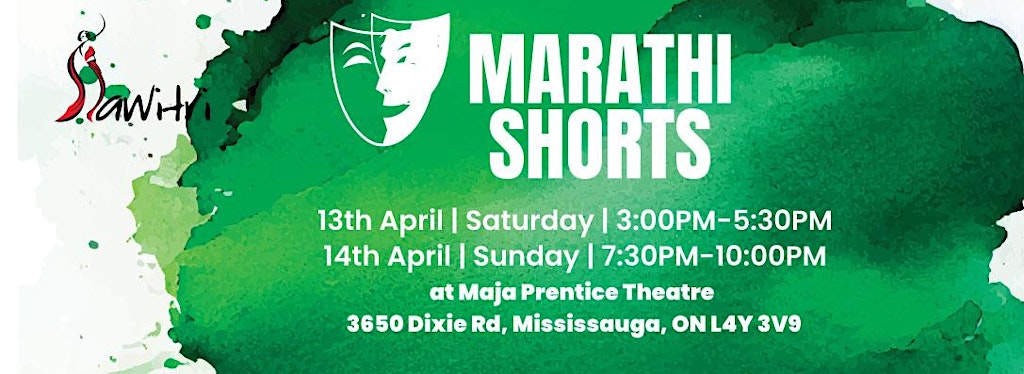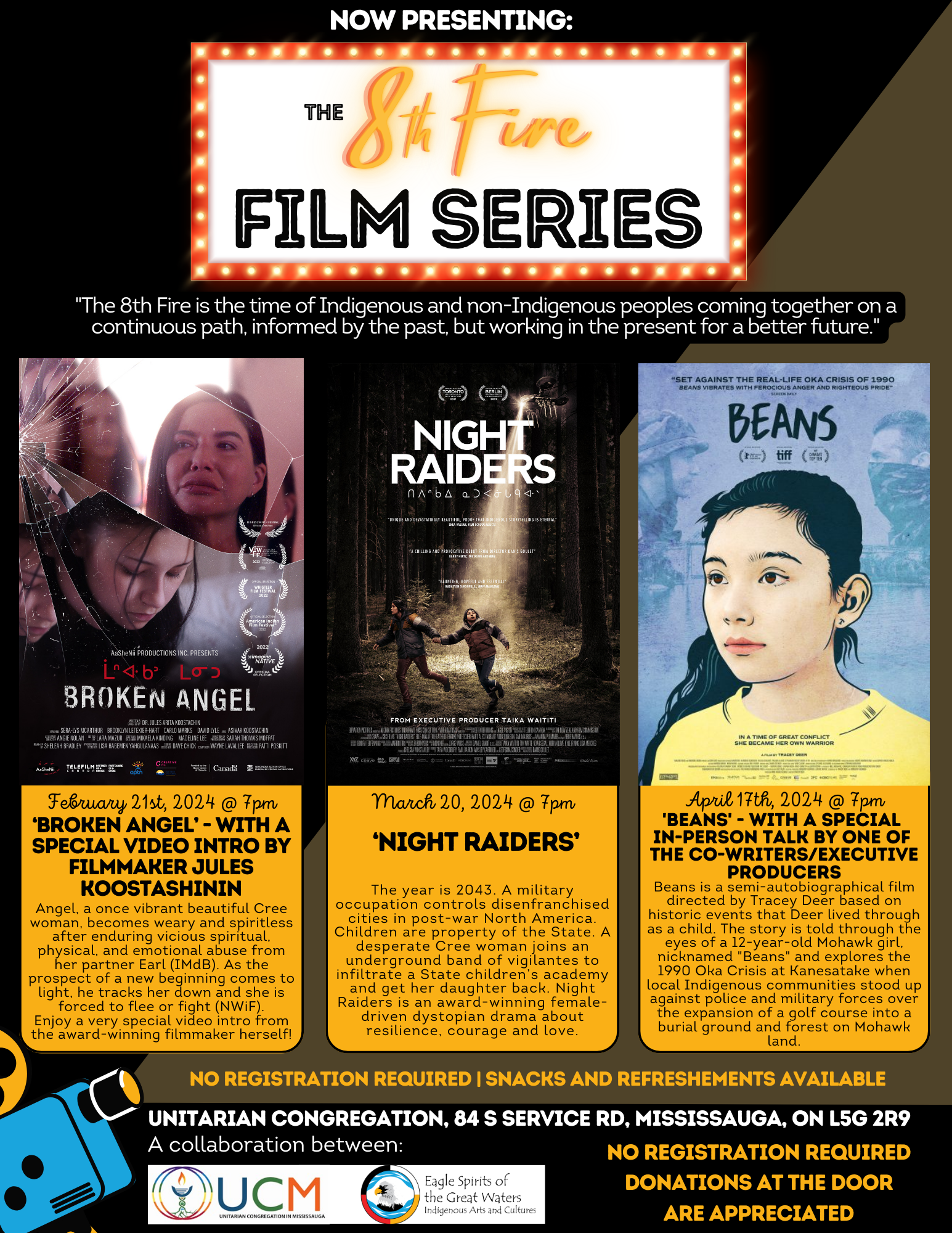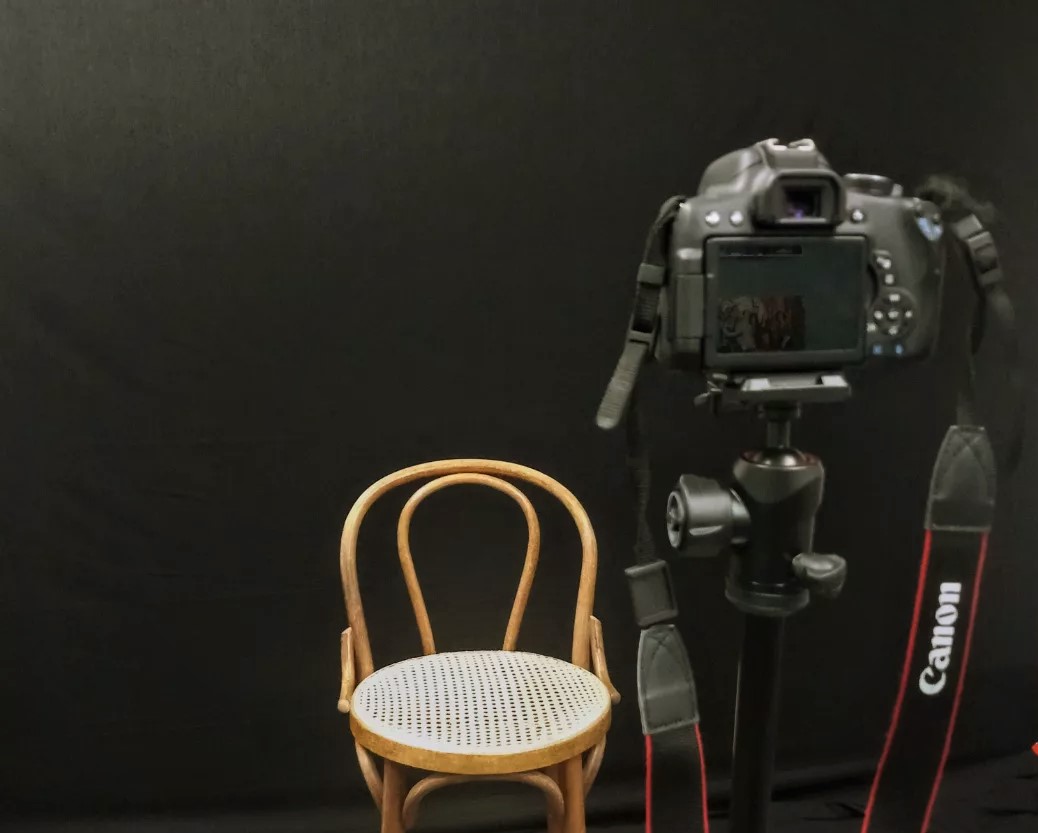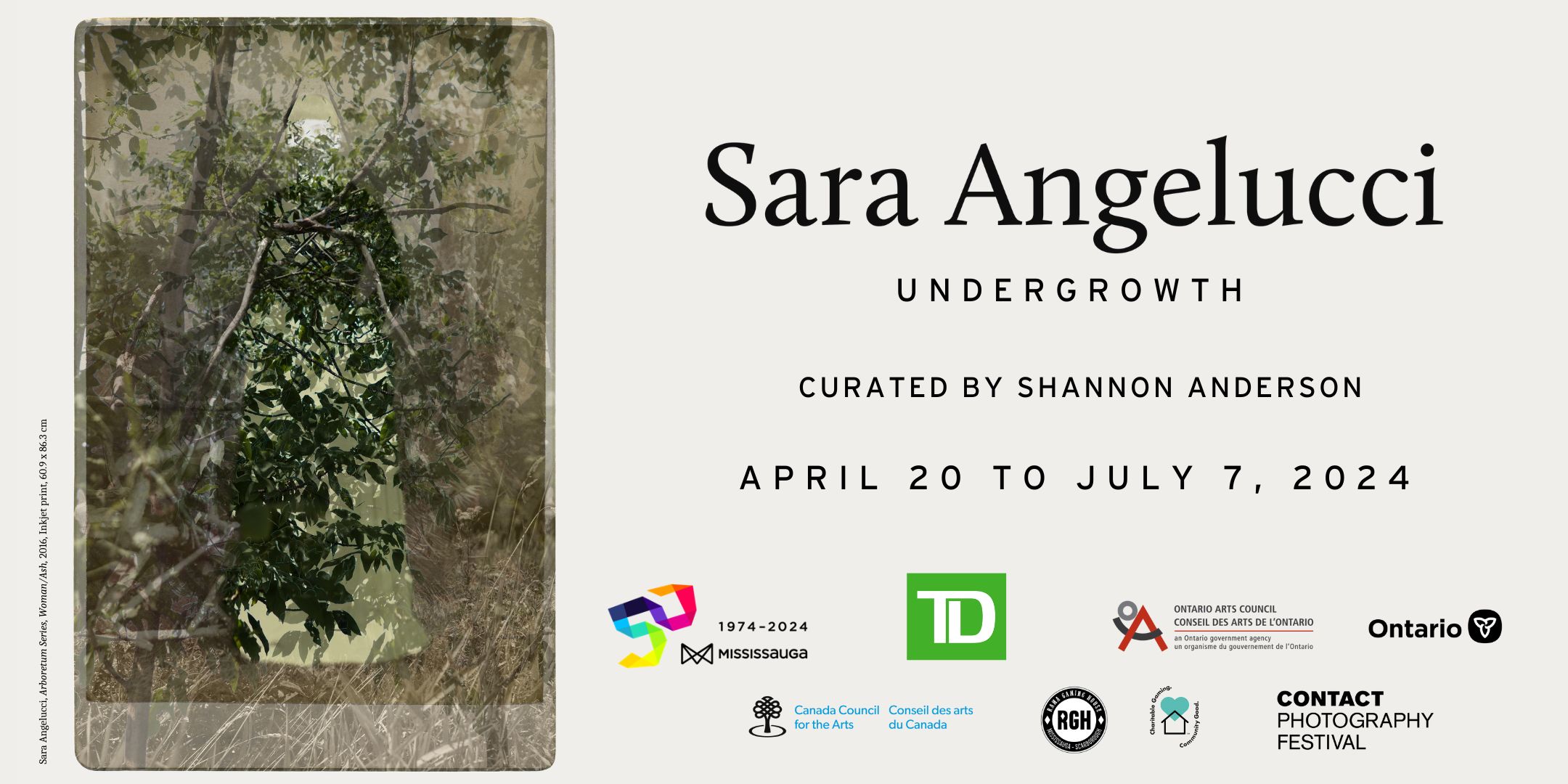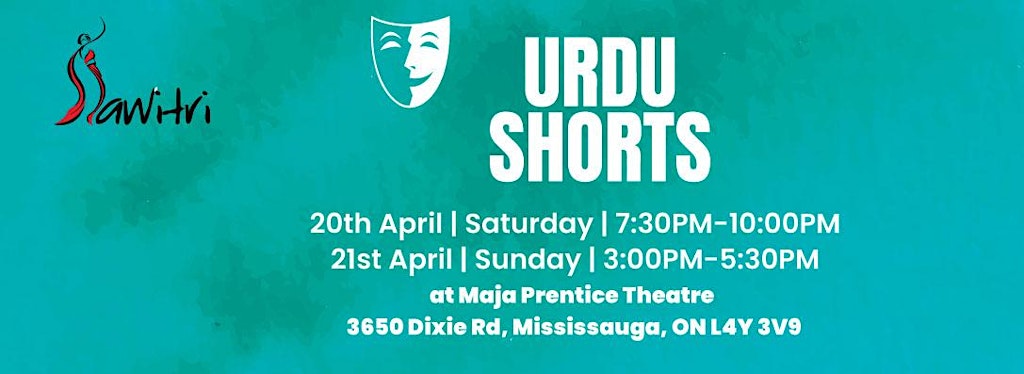Liz Braun – Publishing date:Nov 10, 2021 •

Article content
Every year for Remembrance Day, Ancestry.ca opens its world military files for all, at no cost.
Advertisement
STORY CONTINUES BELOW
This year, they’ve added two important Canadian Second World War collections that include 2,500 photos and 106 newsreels of the day (filmed by the Canadian Army Film Unit) — items capturing both the front lines and life on the home front during the war.
These collections are new to the Ancestry.ca site.
The World War II Newsreels, 1942-1945 and Faces of the Second World War, 1941-1945 collections are a treasure trove of images of the Canadian war effort, with pictures that include images from battle areas in France, Holland, and elsewhere.
The material comes from military photographic units that were part of a special public relations outfit created in 1940 at the behest of the Canadian Government Motion Picture Bureau.

The idea was to come up with material that would further the war effort and boost morale; the new material on Ancestry would have been seen in international newspapers and newsreels at the time.
One of those reels shows the planning of Toronto’s first subway system in 1945 with the help of the military — and mentions the exact same traffic congestion problems that motorists face 75 years later.
Another shows members of the Queen’s Own Rifles of Toronto and where they’re billeted at a former German labour camp in Holland. The men recreated their own version of Cabbagetown, complete with signs for such Toronto landmarks as T. Eaton’s, Osgoode Hall, and Jarvis St.https://www.youtube.com/embed/VI0wVHGn3_Q?embed_config={%27relatedChannels%27:%20[],%27autonav%27:true}&autoplay=0&playsinline=1&enablejsapi=1
Why these men might want to put together a tiny bit of home in the midst of such surroundings is not too hard to understand.
The photos and newsreels offer a real feel for life during the war. Paper documents and ledgers are one thing, but being able to look into people’s faces and see their surroundings creates a powerful emotional connection.

Simon Pearce, a military family history expert from Ancestry, said these images do help form a deeper bond to the past.
“Learning about the experiences of our ancestors during the conflict through amazing resources such as these photos and newsreels can help provide a personal connection to Remembrance Day,” he said in a statement.

Access to these records is free until midnight on Thursday.

